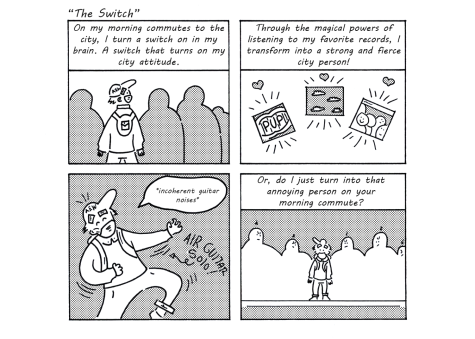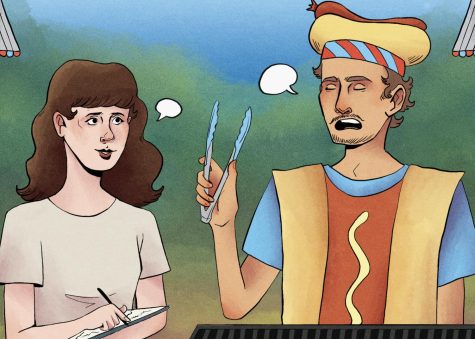OPINION: Rapid insect decline is cause for worry
April 12, 2019
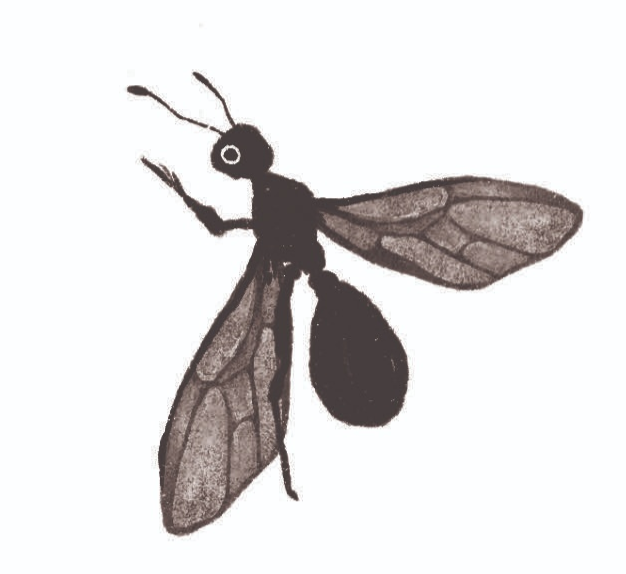
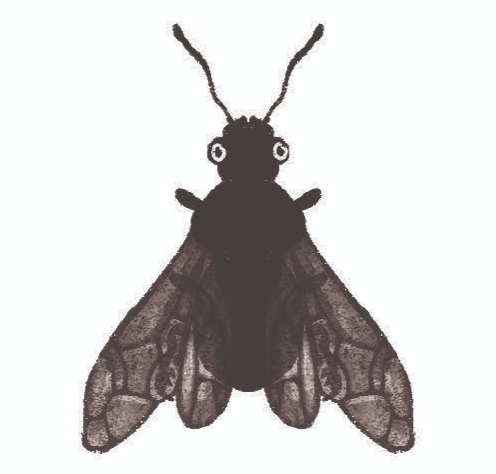
Summer evenings have always been filled with the steady hum of little insects flying around as the sun sets and the air cools. Annoying as they can be, their presence also means the arrival of one of my favorite winged creatures: fireflies. However, I noticed last summer, amid talk of the honey bee and monarch butterfly populations dwindling, their light shows had become few and far between. What happened?
Insect population decline has been an increasingly important subject on scientists’ minds. Alarming numbers have been reported worldwide. One recent study of various German nature reserves published in 2017 shows a 75% decrease in all local flying insects over the last 27 years.
Insects are primary consumers, eaten by something else, which is again eaten by something else after that. While humans are at the top of this food chain, we rely heavily on the levels underneath us. We need flying insects as pollinators for every plant species on the planet.
We already see the clear effects of what insects’ disappearance would cost in the Chinese county of Hanyuan. Known for its production of pears and cultivation of other fruit trees, Hanyuan’s pesticide usage has led to the dramatic reduction of the bee population, forcing farmers to pollinate every fruit tree by hand. What was once done freely by insects has become yet another grueling task humans must undertake.
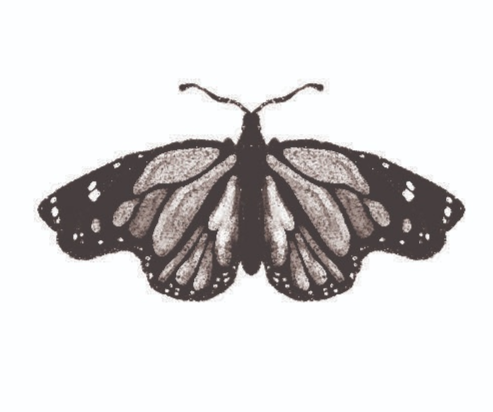

Loss of wild habitats where insects, plants and other creatures flourish has been getting worse for years. These wild habitats have been claimed for a variety of commercial purposes, such as city expansion and large-scale agriculture. Many of the insects that escaped the destruction found themselves without shelter, food or any vital resources needed to survive. With the pollinators gone, native plants will soon follow, and without native plants, all trophic levels— or levels of the food chain— above them will suffer.
Much like the problem of global warming, insect population decline is a large, complex problem with many potential causes and no clear method of recovery. However, there are still things normal people can do to take action, even in the city and the suburbs. First, for those with garden space, it’s recommended by the Audubon Society to cultivate flowering plants native to the Midwest. For the avid gardener, using organic instead of synthetic pesticides and spraying at night when pollinators are less active is less harmful, ensuring invasive insects are kept under control. Finally, supporting legislation to federally protect what remains of natural wild land is critical for conservation efforts. These areas should remain undisturbed so flying insects can continue to populate and create that familiar steady hum in the warm weather for years to come.














